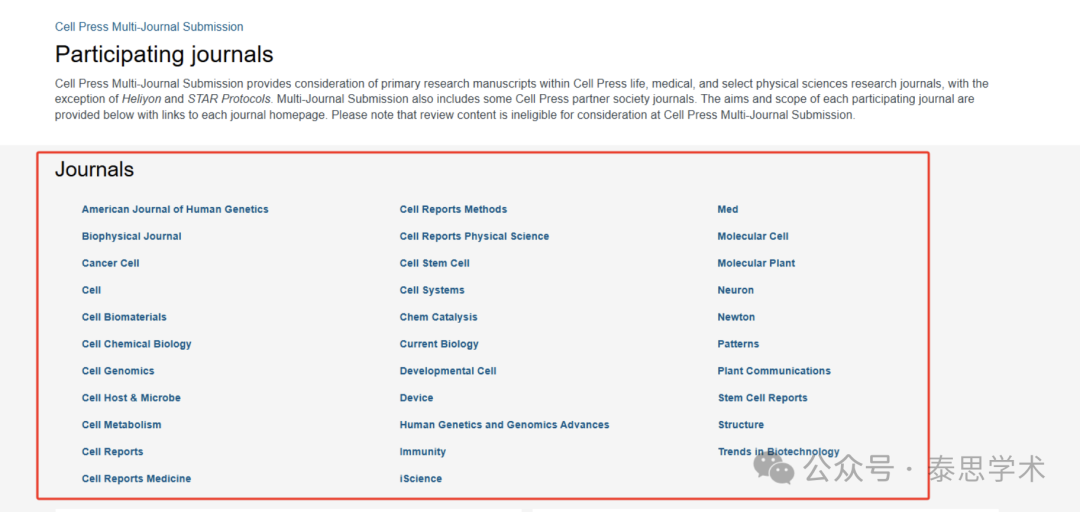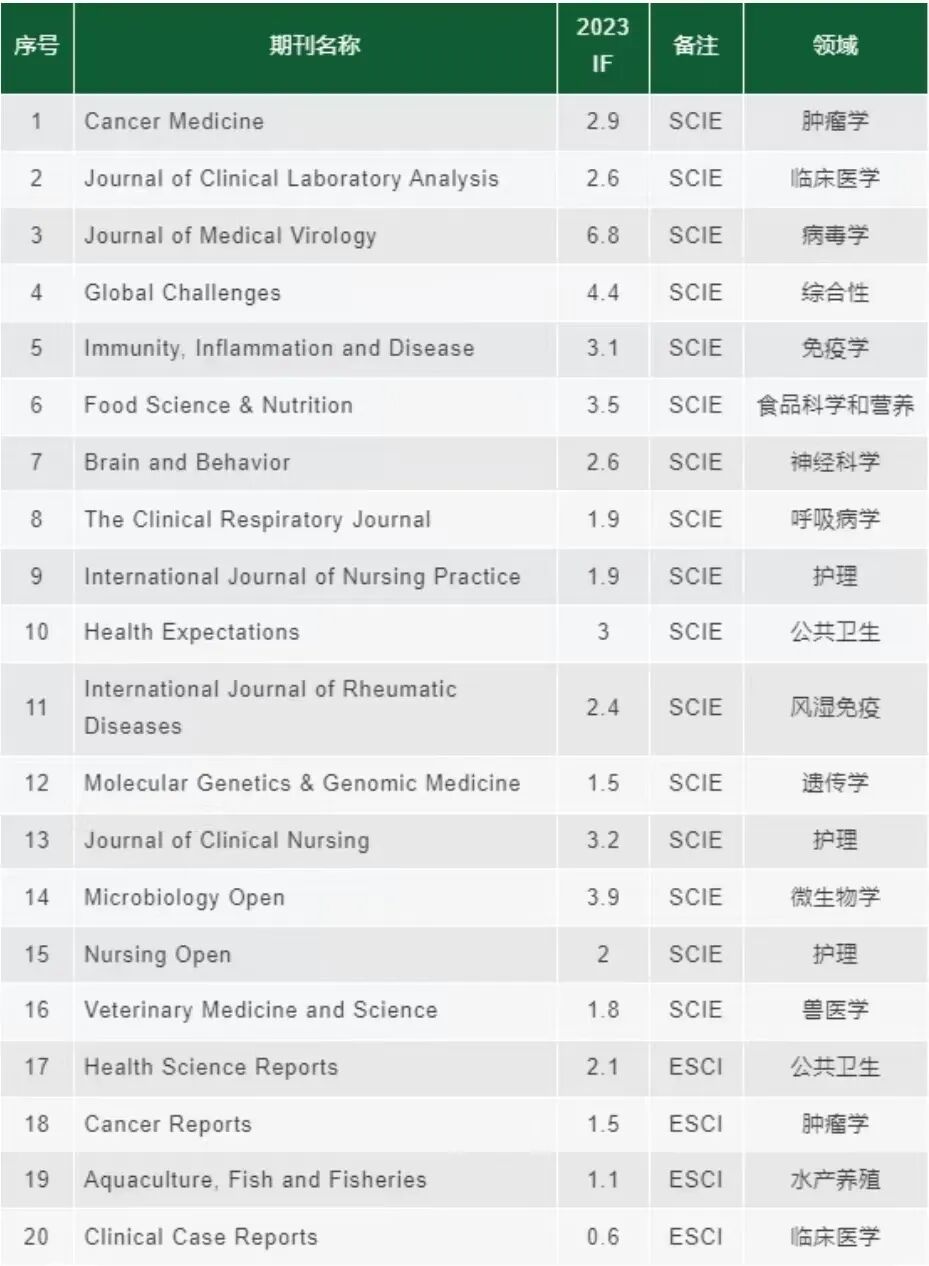Introduction
In the traditional submission model, “Single-submission”, authors often have to go through a long and repetitive cycle: selecting a target journal, submitting the manuscript, waiting for initial review results, and if rejected, reselecting a journal, resubmitting, and waiting again, until a journal agrees to send it for peer review. This process can take weeks or even months, and the extensive waiting time not only makes authors feel it is a waste but also slows down the dissemination of research results. Meanwhile, the current issues of academic integrity are becoming increasingly severe, and the uncertainty and potential risks during the review process further exacerbate authors’ concerns, making this traditional model appear increasingly inefficient and frustrating.
Views from Nature Authors:
In 2023, a Portuguese scholar, Dritjon Grud, published an article titled “Dear journals: stop hoarding our papers” in the Nature Career Column (a column in Nature that mainly publishes articles and content related to scientific career development, helping researchers understand career planning, skill enhancement, research funding, work environment, etc.). This article criticized the traditional “single submission policy” of academic journals, resonating with scholars in the industry.
In this article, Dritjon Grud, an organizational behavior researcher, argued that this policy delays the dissemination of important research, citing his own experience: during the COVID-19 pandemic, a timely paper on mental health and personality traits that he collaborated on with his team was shelved for months by a top journal and did not even enter peer review. The team eventually withdrew the paper and submitted it to another journal, wasting valuable time. He believes that the inefficiency of the current system policies, which hoard researchers’ papers, may hinder scientific progress.

World’s Leading Publisher Elsevier Has Insight:
In September 2020, Cell, a subsidiary of Elsevier, launched a pilot project called “Cell Press Community Review” aimed at improving the efficiency of peer review by allowing authors to submit to multiple Cell Press journals simultaneously. In September 2023, this service was officially renamed “Cell Press Multi-Journal Submission” to more clearly reflect its function of considering manuscripts across multiple journals simultaneously.
By 2025, this service will continue to evolve, covering over 30 journals in the fields of life sciences, medicine, and some physical sciences.

The Chinese Academy of Sciences Follows Suit with the Launch of ’24hreview’
On May 6, 2024, the Chinese Association of Science and Technology, overseen by the Ministry of Education, launched the “24hreview” pre-review platform, with the internationally renowned publisher Wiley as its first academic publishing strategic partner. The first batch of 10 journals includes 8 SCI journals and 2 ESCI journals, covering various research fields such as oncology, respiratory, nursing, genetics, virology, microbiology, immunology, and inflammation.
The “24hreview” platform adopts a simple and efficient manuscript submission process, allowing authors to complete submissions in just 5 to 10 minutes. A dedicated editorial team formed by the journal publishers is responsible for manuscript processing, ensuring that authors receive pre-review results on whether to agree to send for review within approximately 24 hours. Once a decision to agree to send for review is received, authors will receive a confirmation email from the journal, after which they can formally submit the manuscript on the journal’s official website, and the manuscript will be included in the “fast track” processing. This innovative model of “confirming review before submission” significantly reduces the time authors spend waiting unnecessarily.
Additionally, the “24hreview” platform provides authors with academic integrity risk screening services before formal submission, assisting in timely corrections of potential issues, including checking for text duplication rates, image reuse, and academic integrity risks in references. Therefore, this platform is also referred to as the “Academic Integrity Pre-review Platform.”

END

Follow Us
Share Results
Discuss Challenges
